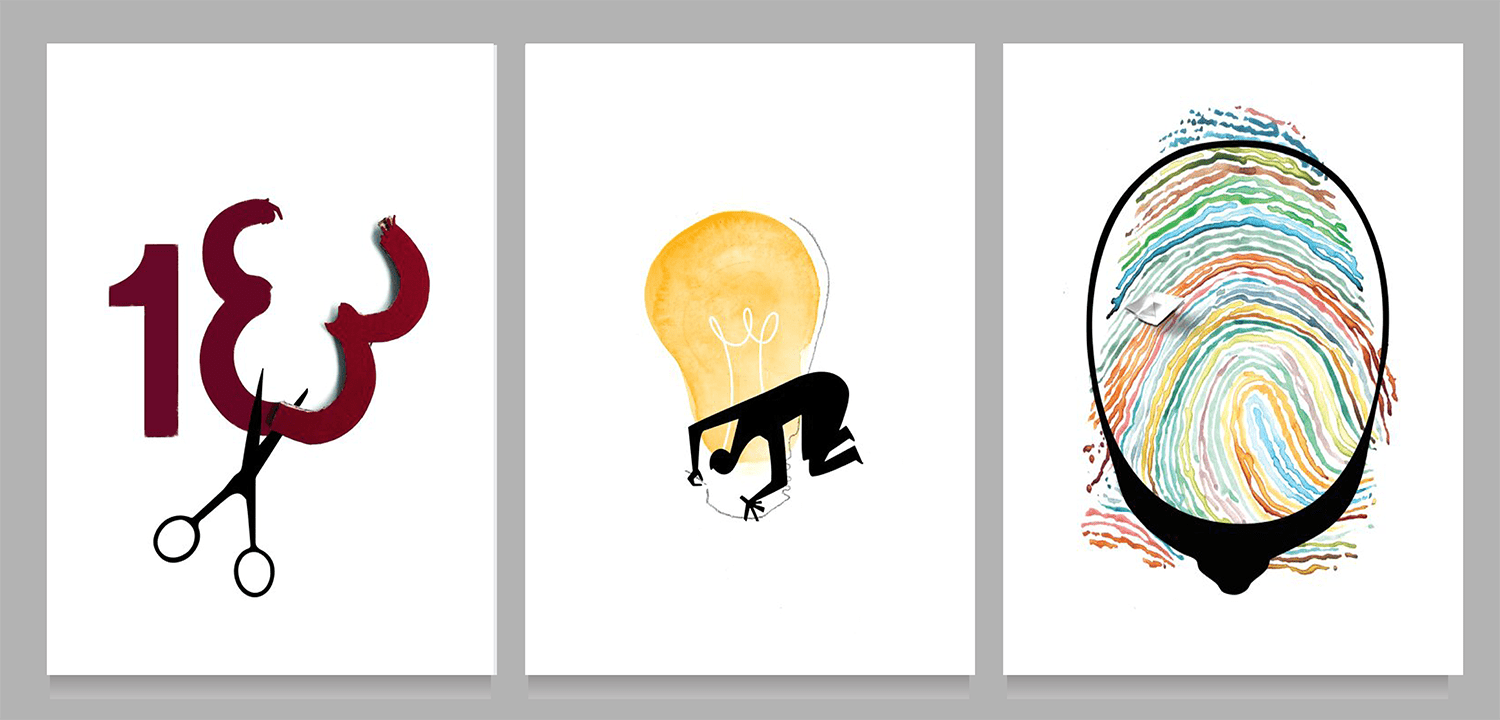As we inch towards Children’s Day, we must re-look at the UN Convention on the Rights of the Child (CRC) that first recognised and demanded the recognition of the rights of children.
CRIN is a creative think tank that produces new and dynamic perspectives on human rights issues, with a focus on children’s rights. To encourage critical reflection of children as human beings with human rights, CRIN has re-interpreted the CRC’s 41 articles as original illustrations, by CRIN‘s Art Director Miriam Sugranyes, who says: “The idea is to encourage the viewer to think differently about children and their place in society. Through conceptual illustration and using a range of everyday objects, we are exploring the issues from the Convention on the Rights of the Child whilst moving away from the problematic ways children are usually depicted by charities and NGOs. We want to ensure we are presenting children in a way that is dignified, and in doing so, we are reiterating the fact that children deserve to have their human rights fully recognised because they are human beings now.”
Keeping childhood at the centre, these evocative illustrations from CRIN are a stark reinforcement of the rights we cannot forget.
The below is simply a preview of the illustrated 41 articles on the Rights of the Child. To view the full set, visit CRIN’s Rights gallery page here.
ARTICLE 1: DEFINITION OF THE CHILD
Article 1 defines children as all human beings below 18. The Convention takes no position on the life of an unborn child, but says that all children have the rights set out in the Convention until their 18th birthday.
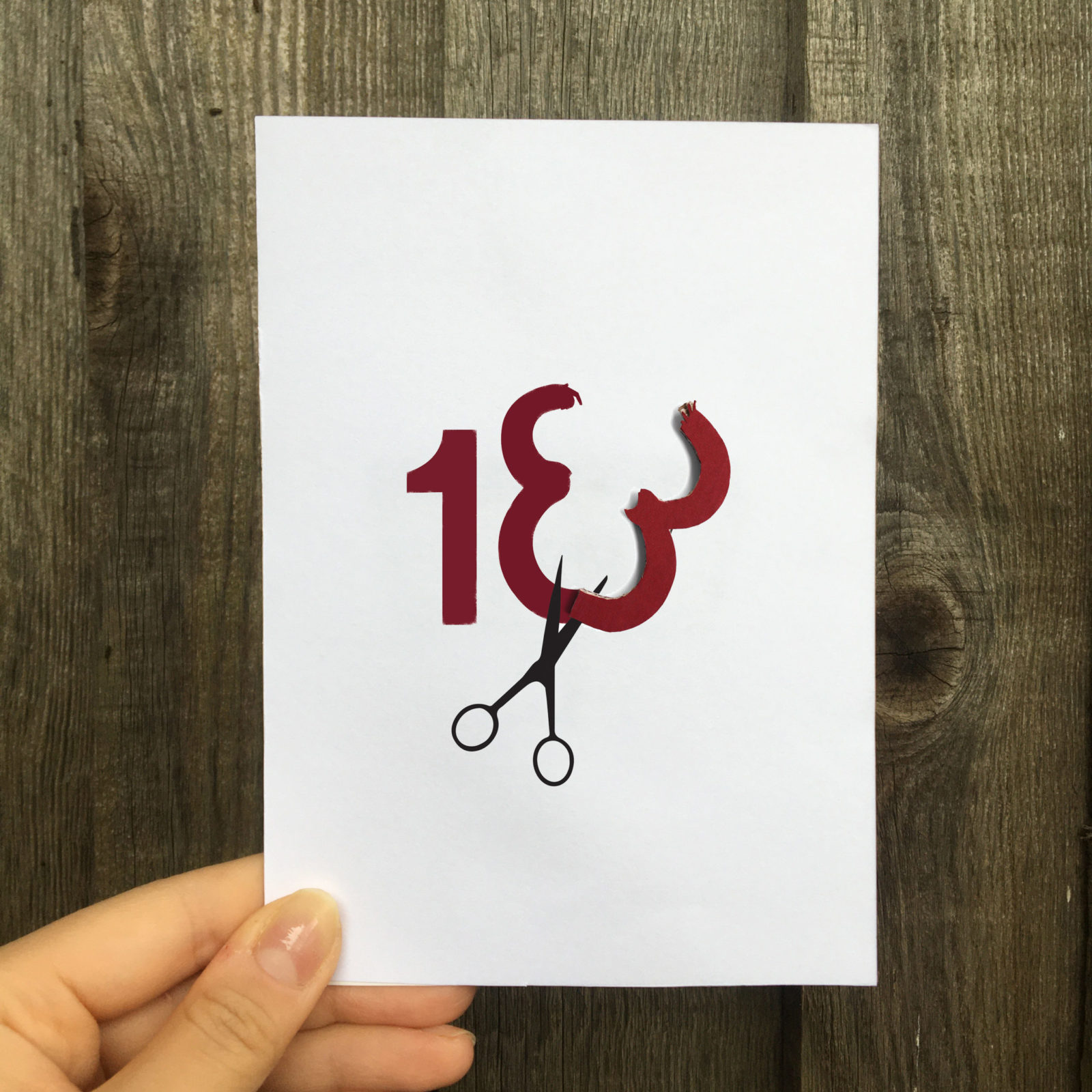
ARTICLE 3: BEST INTERESTS OF THE CHILD
Children’s interests should be at the forefront of all decisions that affect them in every situation: adoption, detention, custody disputes between parents – everything.
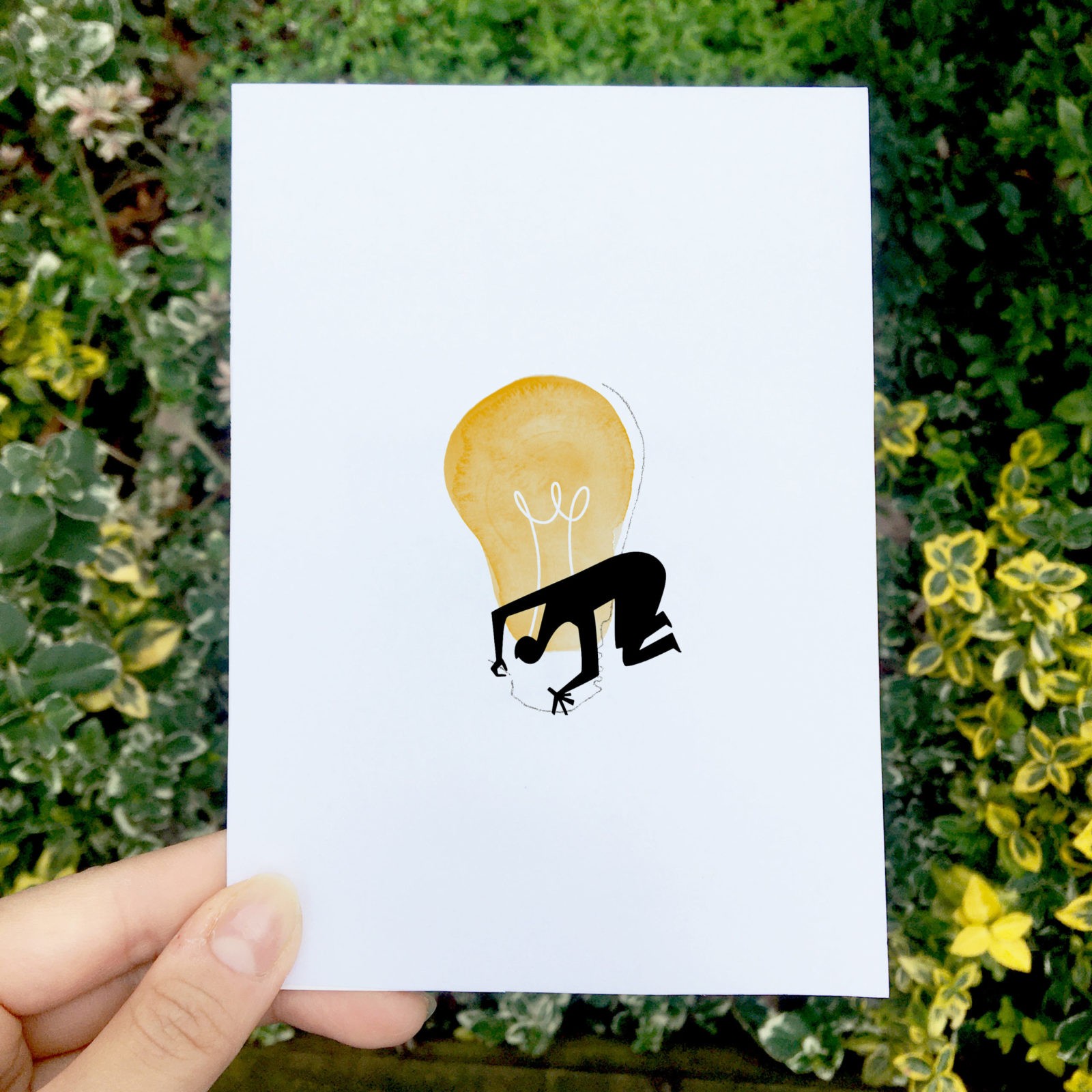
ARTICLE 5: EVOLVING CAPACITIES
Children mature at different rates – age is not the only measure of their development; circumstances and experience play a big role too. Some children take on responsibilities like caring for younger siblings or a parent who uses drugs, while other children are overprotected to the point where they are not allowed to play outside or say what they think. Parents play a hugely important role in children’s development, but their guidance must support children to make their own decisions and respect the extent to which they can do this for themselves.
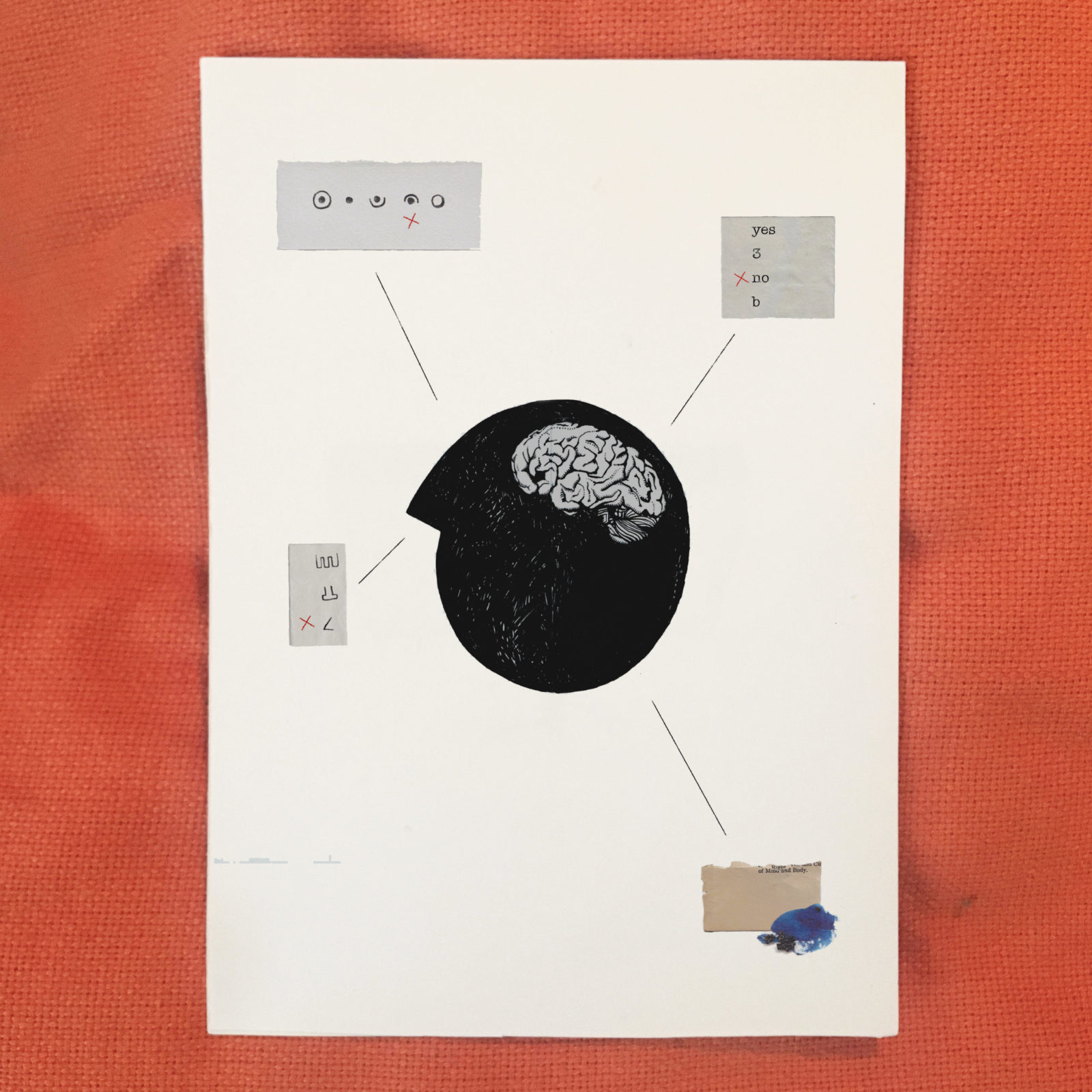
ARTICLE 7: BIRTH REGISTRATION, NAME AND NATIONALITY
Registering each child and making sure they have a name and a nationality is the first step to recognising each individual as a human being with rights. Without them, children remain invisible: they legally do not exist and are at greater risk of other rights abuses. Children without a legal identity struggle to access basic services such as education and healthcare. In some situations, they may even be mistaken for adults and denied fundamental protections as children.
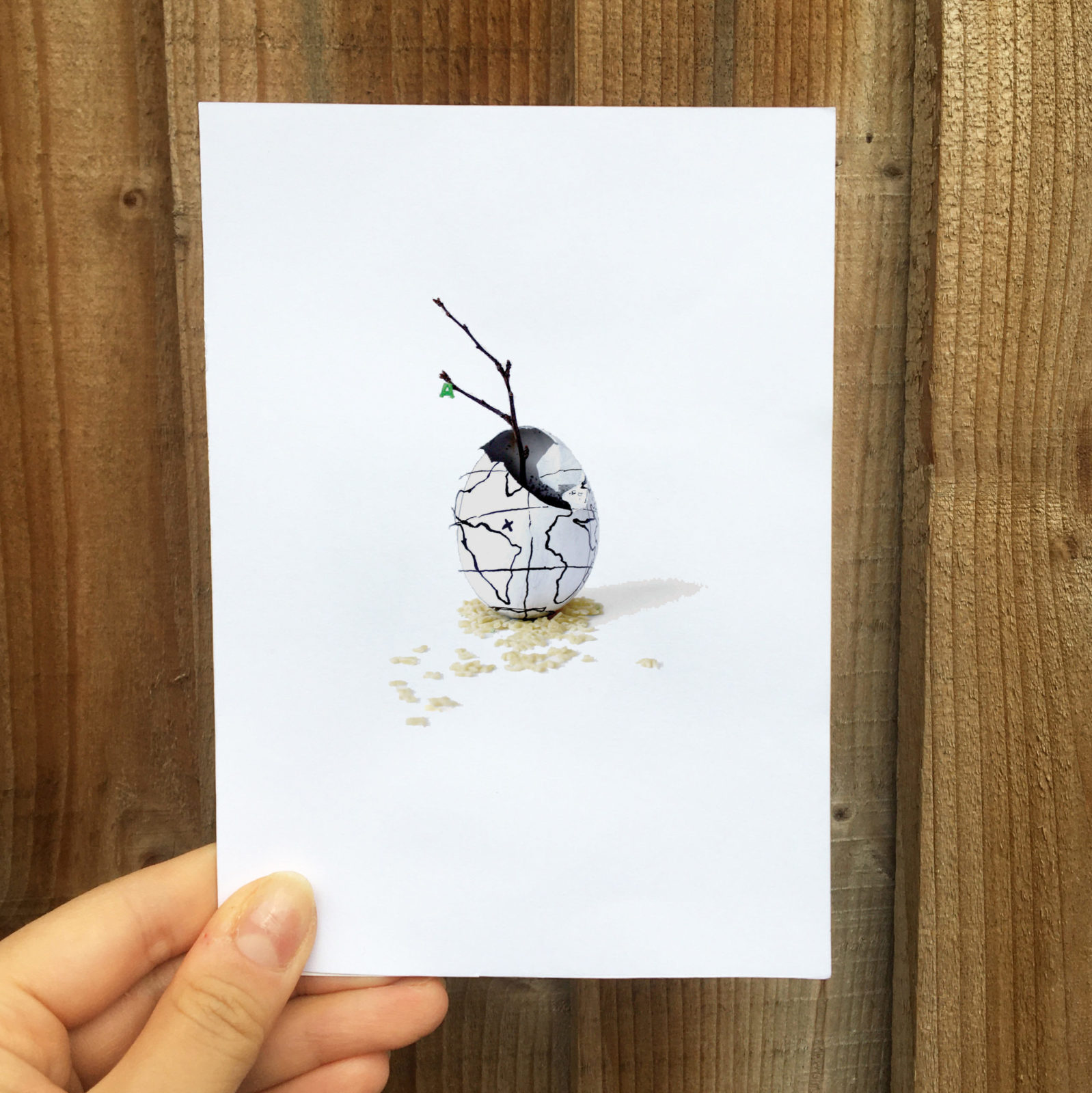
ARTICLE 8: PRESERVATION OF IDENTITY
This article has many applications, from helping children who have been displaced to re-establish contact with their family, to assisting children in care to trace aspects of their identity they are too young to remember. In essence, it protects the personal characteristics, relationships and histories that make children who they are.
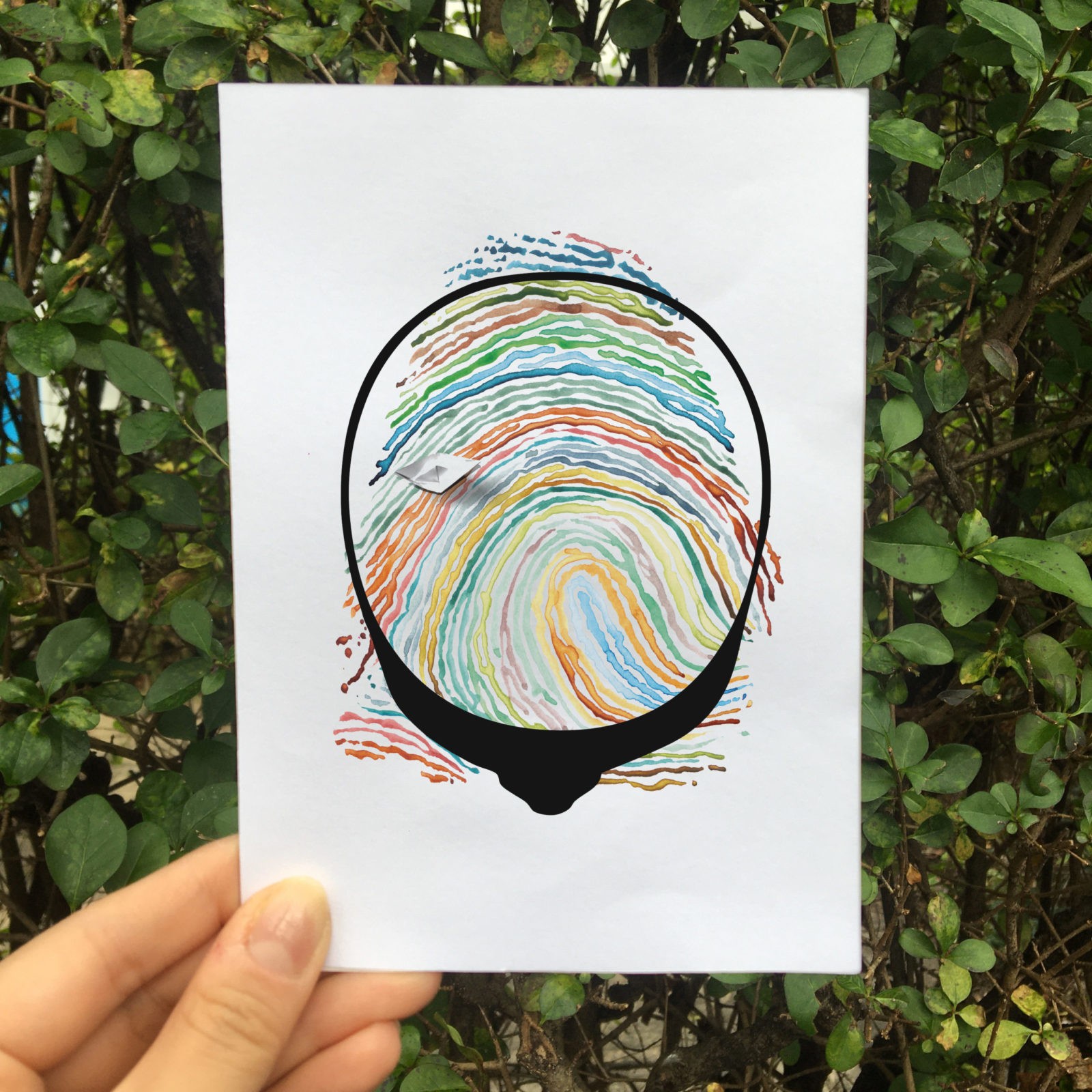
ARTICLE 9: SEPARATION FROM PARENTS
Children should be able to live with and have contact with their parents, unless certain factors indicate that the State should intervene, such as abuse or because a child’s parents have separated. This covers both potential long term separation (e.g. a child being taken into care) and short term separation (e.g. if a child spends some time in hospital). All decisions to separate children from their parents must be made by the competent authorities.
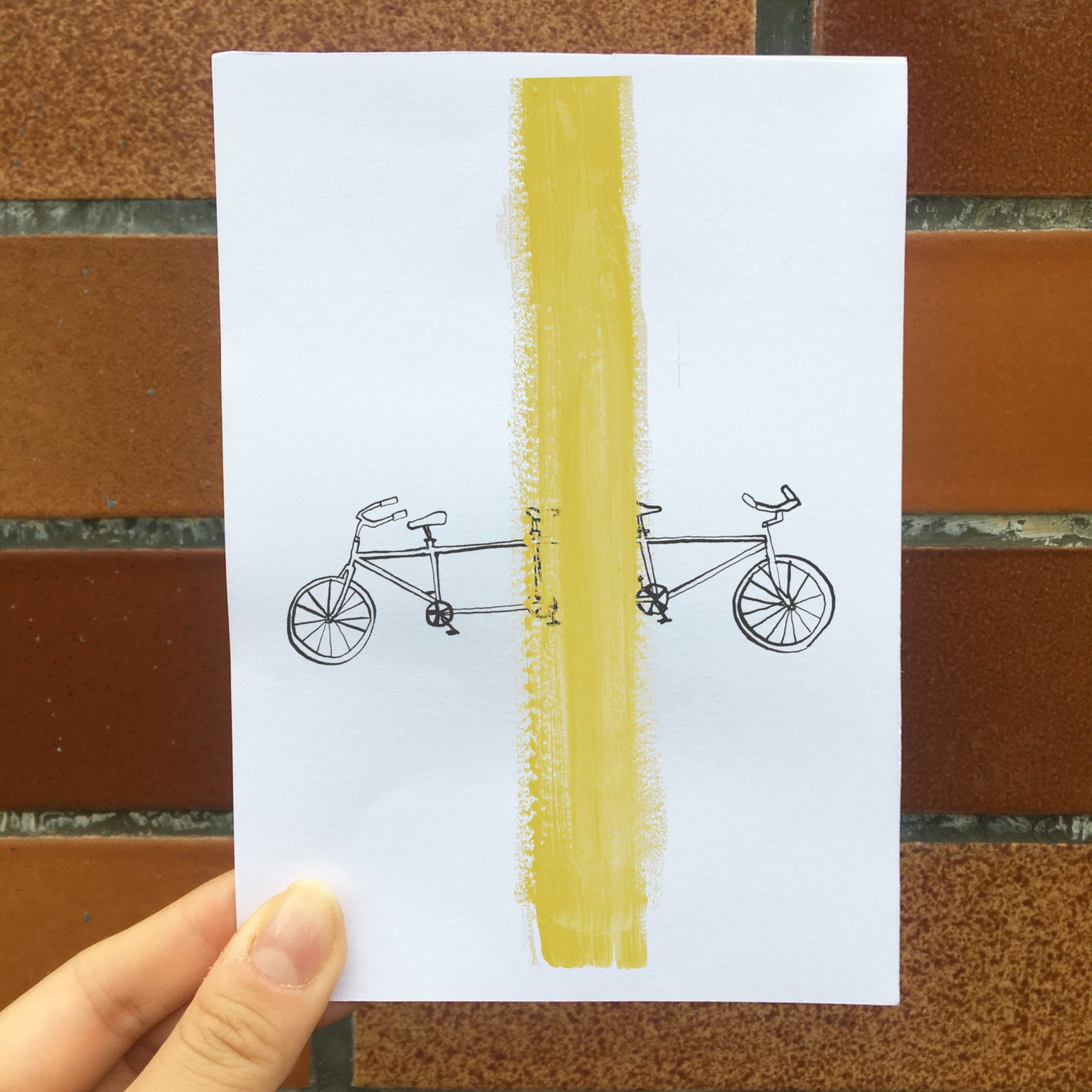
Children have the right to be heard in all matters affecting them – this is a prerequisite for guaranteeing all their other rights. In most societies, though, decisions are taken which have an impact on children’s lives – in court, at home and at school and in politics – in which they are not consulted when adults would be. The arguments used to deny children a voice today are the same as those used to suppress women’s views in the past (and present in some cases).
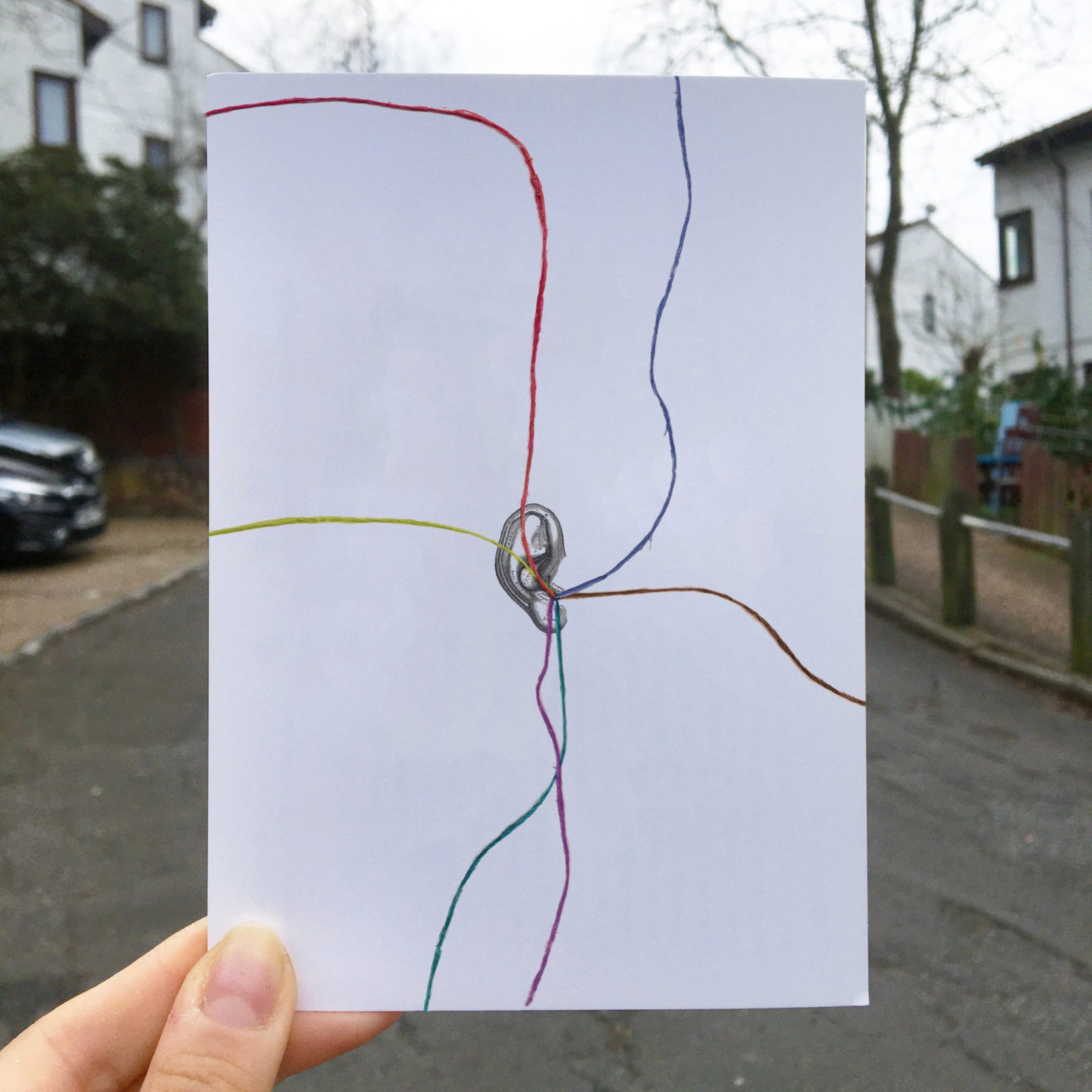
For the entire series of illustrated CRC’s by CRIN, head over to their website.




